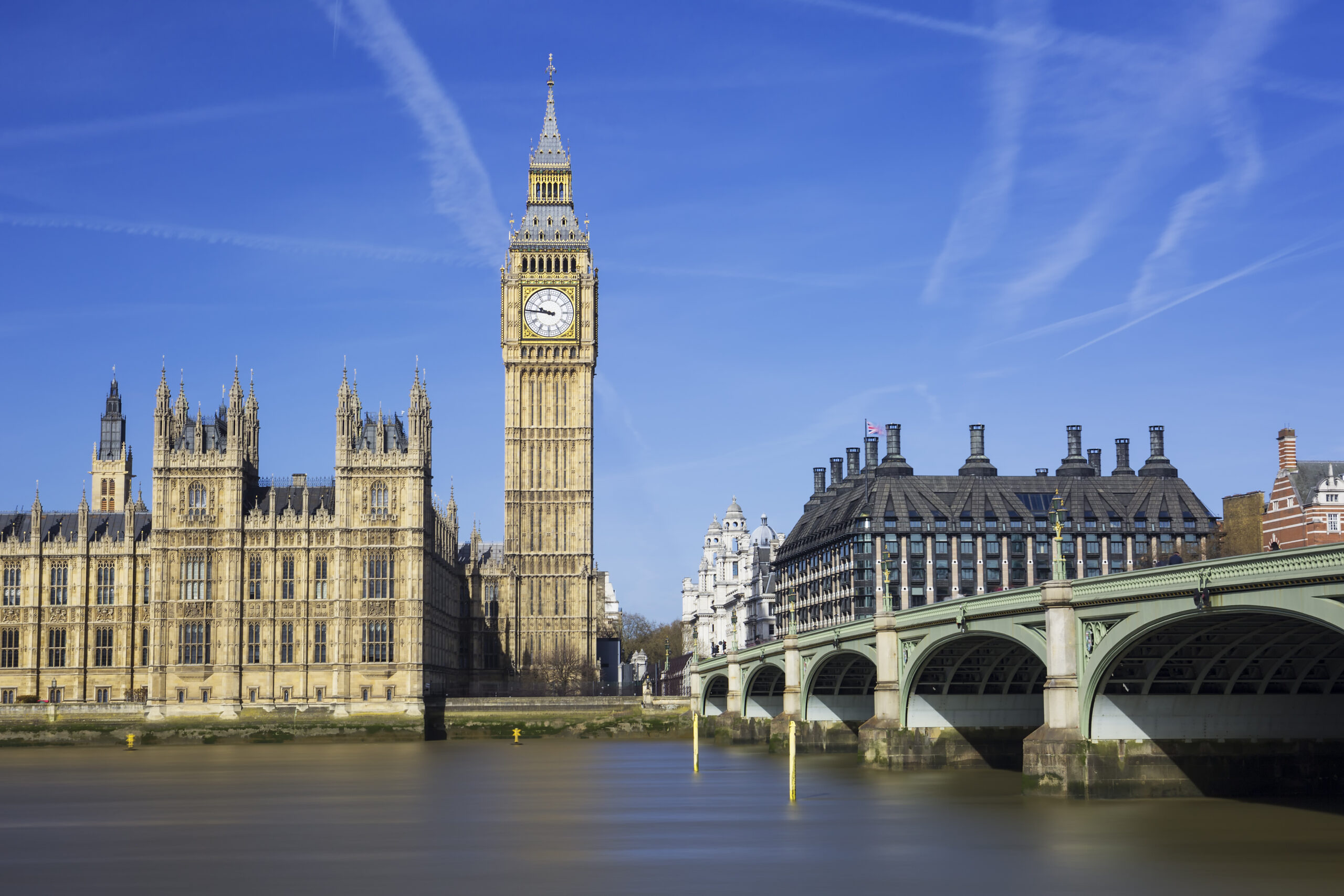Exploring the Unique Weather Patterns and Climate of the United Kingdom
Introduction
The climate of the United Kingdom (UK) is known for its variability and unpredictability. From the misty moors of Scotland to the sunny beaches of Cornwall, this diverse country experiences a wide range of weather conditions throughout the year. In this blog post, we will delve into the fascinating climate patterns of the UK, exploring its unique characteristics and providing actionable insights to help you make the most of your time in this beautiful country.
Table of Contents
The Four Seasons of the UK
Spring
Spring in the UK usually lasts from March to May and is characterized by mild temperatures and blooming flowers. However, it is not uncommon to experience sudden showers and chilly winds during this season. The average temperature in the UK during spring ranges from 8°C (46°F) to 15°C (59°F), with southern areas being slightly warmer than the northern regions.
Tips for Spring Weather:
- Layer your clothing to prepare for sudden changes in temperature.
- Carry an umbrella or a waterproof jacket to protect yourself from rain showers.
- Take advantage of the beautiful blooming gardens and parks across the country.
Summer
Summer in the UK typically occurs from June to August and brings warmer temperatures and longer daylight hours. The average temperature during this season ranges from 15°C (59°F) to 25°C (77°F). However, heatwaves with temperatures exceeding 30°C (86°F) are becoming increasingly common, especially in southern parts of the UK.
Tips for Summer Weather:
- Dress in lightweight and breathable clothing to stay comfortable.
- Apply sunscreen and wear a hat to protect yourself from the sun.
- Explore the picturesque beaches and countryside during the extended daylight hours.
Autumn
Autumn, or fall, in the UK spans from September to November and is characterized by mild temperatures, vibrant foliage, and increased rainfall. The average temperature during this season ranges from 10°C (50°F) to 15°C (59°F). The weather can be quite unpredictable, with occasional storms and heavy showers.
Tips for Autumn Weather:
- Keep a waterproof jacket handy to stay dry during unexpected rainfall.
- Enjoy the stunning autumn colors by visiting national parks and forests.
- Plan indoor activities and sightseeing in case of inclement weather.
Winter
Winter in the UK lasts from December to February and is known for its cooler temperatures, shorter daylight hours, and occasional snowfall. The average temperature during this season ranges from 2°C (36°F) to 8°C (46°F), although temperatures can drop below freezing in some areas.
Tips for Winter Weather:
- Bundle up with warm clothing, including hats, gloves, and scarves.
- Be prepared for possible disruptions due to snowfall, especially in rural areas.
- Embrace the festive atmosphere by visiting Christmas markets and winter festivals.
Climate Variations Across the UK
The climate in the UK can vary significantly across different regions. Here is a brief overview of the distinct climate variations found in different parts of the country:
Scotland
Scotland experiences a cooler and wetter climate compared to other parts of the UK. The western coastal areas, such as the Highlands and Hebrides, are particularly known for their high rainfall and strong winds. Summers are mild, while winters can be quite cold, with snow being a common occurrence.
Wales
The climate of Wales is influenced by its mountainous terrain and proximity to the Atlantic Ocean. The western parts receive more rainfall, while the eastern regions are relatively drier. Summers are generally pleasant, and winters tend to be mild, although higher elevations can experience more snowfall.
England
England has a diverse climate due to its large size. The southern and eastern regions tend to be warmer and drier, while the northern areas are generally cooler and receive more rainfall. The coastal regions enjoy a maritime climate, while inland areas have a more continental climate.
Northern Ireland
Northern Ireland has a mild and temperate climate, influenced by the Atlantic Ocean. The weather can be changeable, with frequent rainfall throughout the year. Summers are generally cooler than in other parts of the UK, and winters are milder, with lower chances of snowfall.

Factors Influencing the UK Climate
Several factors contribute to the unique climate of the UK. Here are the key factors that shape the weather patterns in the country:
- Gulf Stream: The warm ocean current, known as the Gulf Stream, plays a vital role in moderating the UK’s climate. It brings warm water from the Gulf of Mexico, significantly impacting the temperature and reducing the severity of winters in the country.
- Maritime Influence: The UK’s proximity to the Atlantic Ocean strongly influences its climate. The maritime influence leads to relatively mild temperatures, higher levels of humidity, and frequent weather changes.
- Jet Stream: The Jet Stream, a high-altitude air current, often determines the weather in the UK. Its position can result in variations in wind patterns, temperature, and the occurrence of storms.
- Topography: The diverse landscape of the UK, including mountains, valleys, and coastlines, contributes to localized climate variations. Mountains can trap moisture and create rainfall disparities between windward and leeward sides.
Climate Change and the UK
Like many parts of the world, the UK is experiencing the effects of climate change. Rising temperatures, extreme weather events, and changing rainfall patterns are some of the impacts observed in recent years. Here are a few examples:
- Increased frequency of heatwaves during summers, posing health risks and placing a strain on infrastructure.
- Rising sea levels threaten coastal communities and ecosystems.
- Shifts in rainfall patterns, lead to flooding in some areas and drought in others.
Conclusion
Understanding the climate of the United Kingdom is essential for anyone living in or visiting the country. From packing the right clothes to planning outdoor activities accordingly, being prepared for the ever-changing weather is key. By considering the unique climate patterns and variations across the UK, you can make the most of your time in this captivating country. Stay informed, appreciate the distinct seasons, and embrace the beauty of the UK’s natural landscapes, whatever the weather may bring.
Remember, climate change is an ongoing concern globally, and its effects on the UK are significant. By taking small steps towards sustainable living and supporting initiatives that promote environmental conservation, we can all contribute to a greener future for the beautiful nation of the United Kingdom.
Note: This blog post is intended for informational purposes only and should not be considered as professional meteorological advice.
Keywords: climate of the United Kingdom, UK weather patterns, four seasons of the UK, climate variations in the UK, Scotland climate, Wales climate, England climate, Northern Ireland climate, factors influencing UK climate, climate change in the UK.






